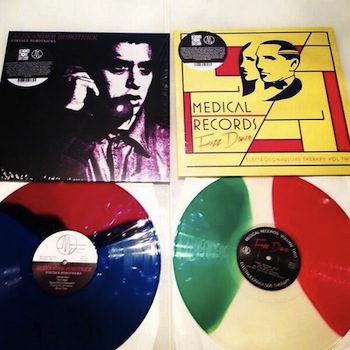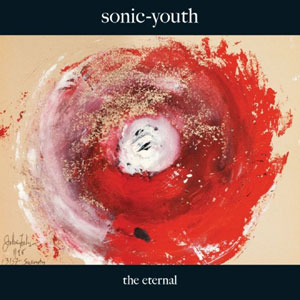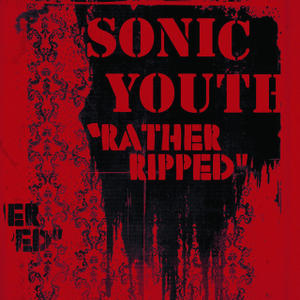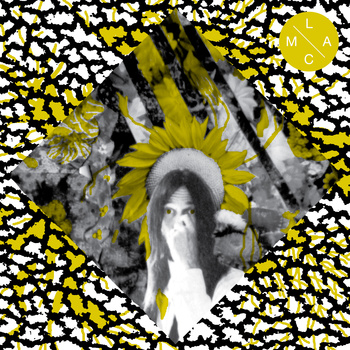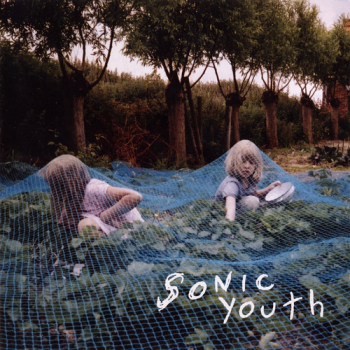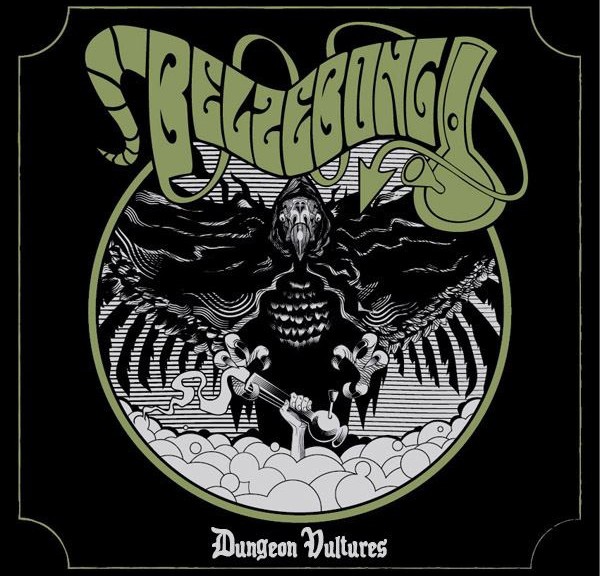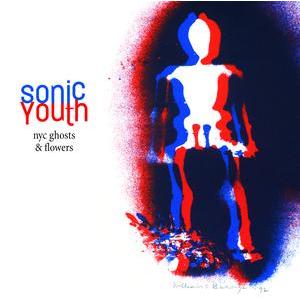I had this thought pop into my head for no reason at all this afternoon. I was imagining myself as teaching a one-on-one music composition lesson, just like the ones that I used to have on a weekly basis when I was an undergrad. I was thinking about what the first thing that I would say to a first-time student would be, as I still remember my first lesson, and there are some things that I know now that I wish I had known then, that I wish someone would have told me long ago.
What I came up with was, “Ok, the first thing that you have to realize is this: everything has been done already.” I do believe this is true, and I think that for someone that is just starting out writing music that is an important thing to hear. Just practice and get better, develop your voice and everything will fall into place, don’t spend all your time (or any time for that matter) trying to convince people of how brilliant you are.
Then I happened upon an email from Warp Records touting the forthcoming Squarepusher EP. Of course I was excited. I love Squarepusher, even being lucky enough to have seen him perform live this past Summer. The man is a genius, and a virtuoso instrumentalist. His sound is recognizable from only a few pitches.
According to the man himself:
“In this project the main question I’ve tried to answer is ‘can these robots play music that is emotionally engaging?’
I have long admired the player piano works of Conlon Nancarrow and Gyorgy Ligeti. Part of the appeal of that music has to do with hearing a familiar instrument being ‘played’ in an unfamiliar fashion. For me there has always been something fascinating about the encounter of the unfamiliar with the familiar. I have long been an advocate of taking fresh approaches to existing instrumentation as much as I am an advocate of trying to develop new instruments, and being able to rethink the way in which, for example, an electric guitar can be used is very exciting.
Each of the robotic devices involved in the performance of this music has its own specification which permits certain possibilities and excludes others – the robot guitar player for example can play much faster than a human ever could, but there is no amplitude control. In the same way that you do when you write music for a human performer, these attributes have to be borne in mind – and a particular range of musical possibilities corresponds to those attributes. Consequently, in this project familiar instruments are used in ways which till now have been impossible.”
Sure, that’s all well and good, but while I was listening to the track my question of “why?” just never went away. The composition is undoubtedly Squarepusher. Everything about it has his voice all over it. But, it’s just off. It just doesn’t sound quite right. Sure his character is in those notes, but the personality is gone. The personality and delicate shading of timbres that, yes, are still possible (and noticeable!) in electronic music, are replaced with rigidity and coldness. Sure, robots can play anything, absolutely anything. I would argue the “emotionally engaging” part though. How can music engage someone emotionally if all of those subtle shadings, the things that are impossible to notate, and impossible to mimic verbatim, and utterly, unmistakably human have been extracted?
Sure, they are playing live instruments. The human, emotional element doesn’t lie in the instruments. Even someone that composes pure, fixed media electronic music, needs to finesse that music so that there is a human connection. They take the machines, and the computers and they sand down (so to speak) what makes them sound like machines. The human element is inserted, it’s not something that just comes out through notes and rhythms.
Yes, it is fun to hear (and watch) music be performed by robots. It’s not an original idea though. The simple answer to the question is, I don’t think that the music created by these robots is emotionally engaging at all. Intellectually engaging, sure, but after about 30 seconds of the stolid, precise rhythms and the wind-up music box timbres, I was done.
Why bother with the robots if you can pull the stuff off yourself?
“Music for Robots” will be released April 8th digitally, on CD and vinyl. Pre-orders from Bleep and iTunes will come with a download of “Sad Robot Goes Funny.”

